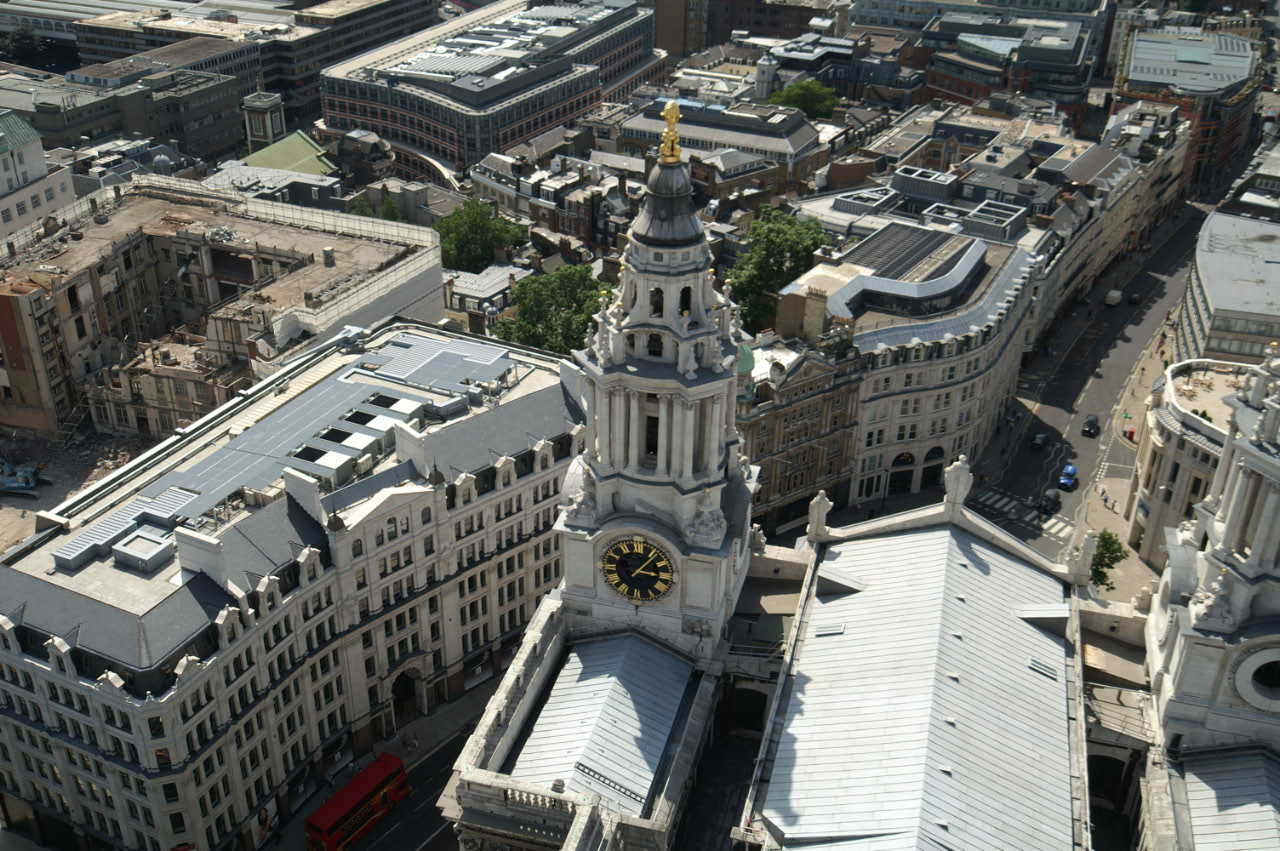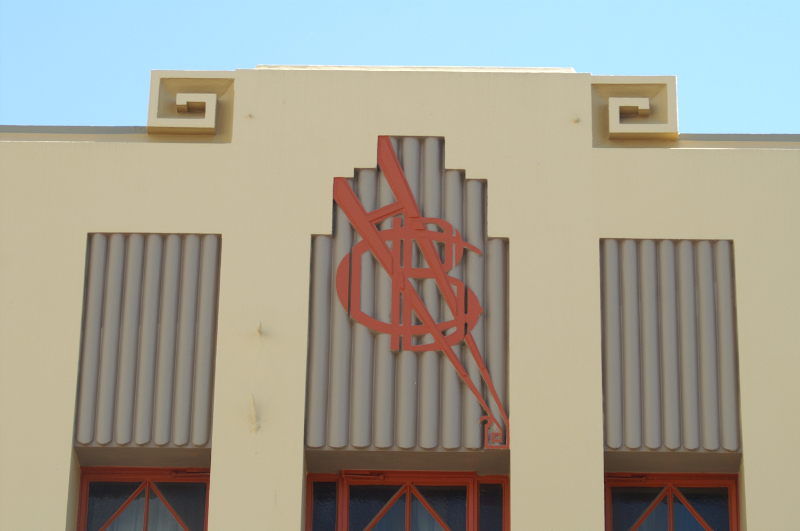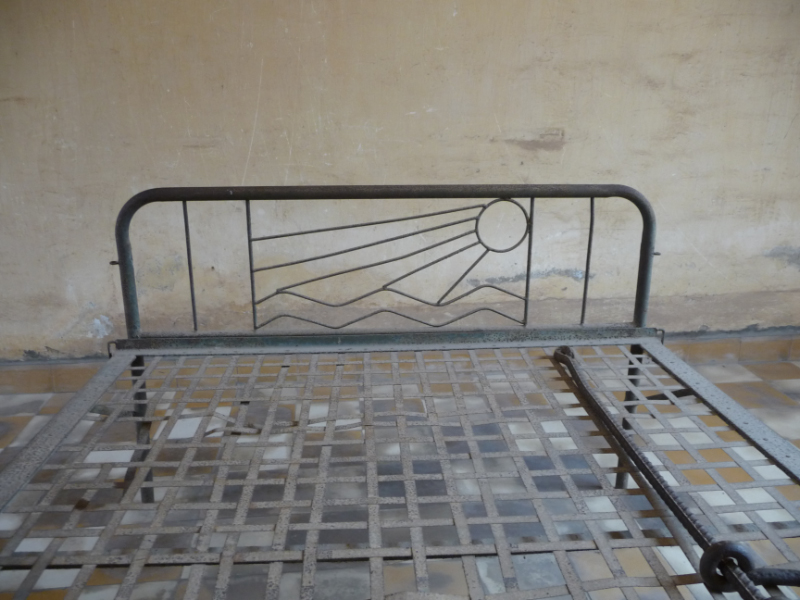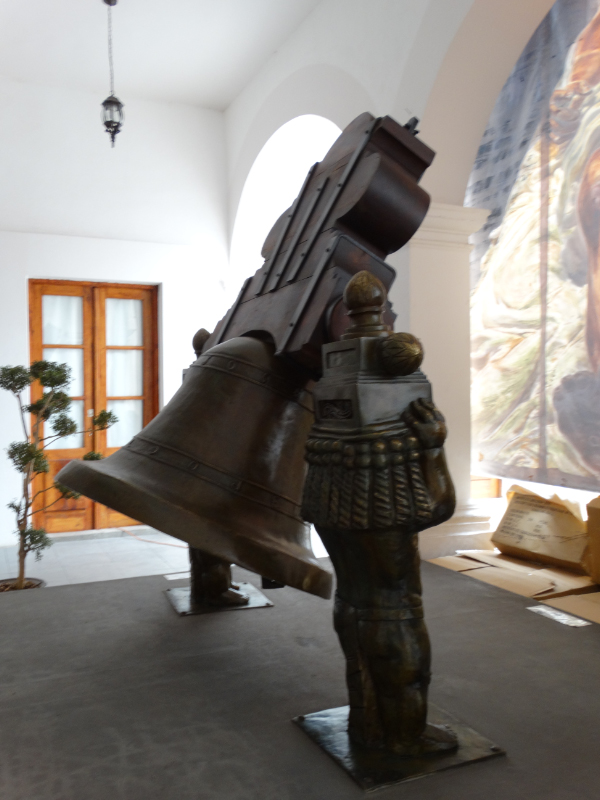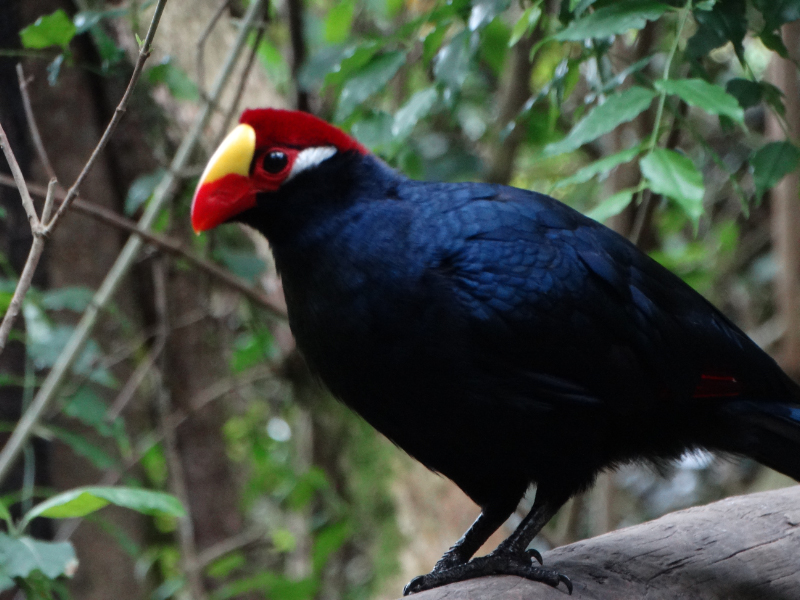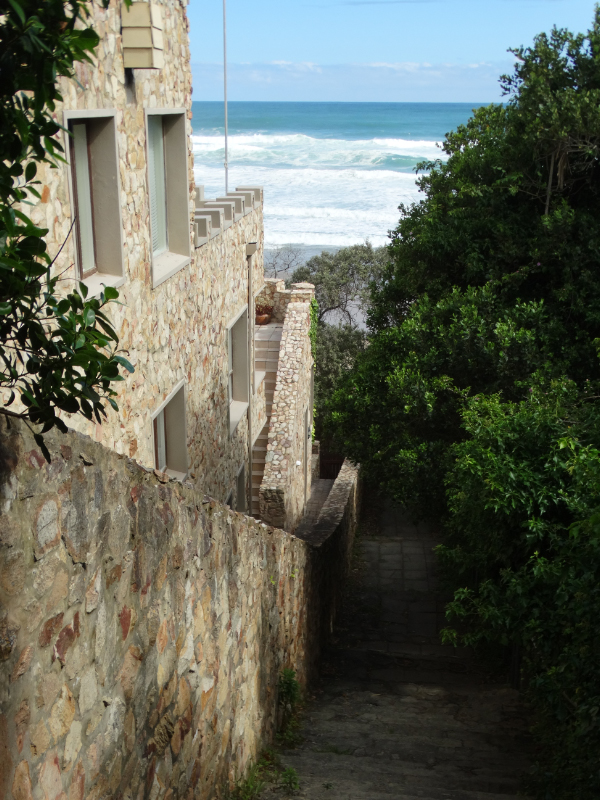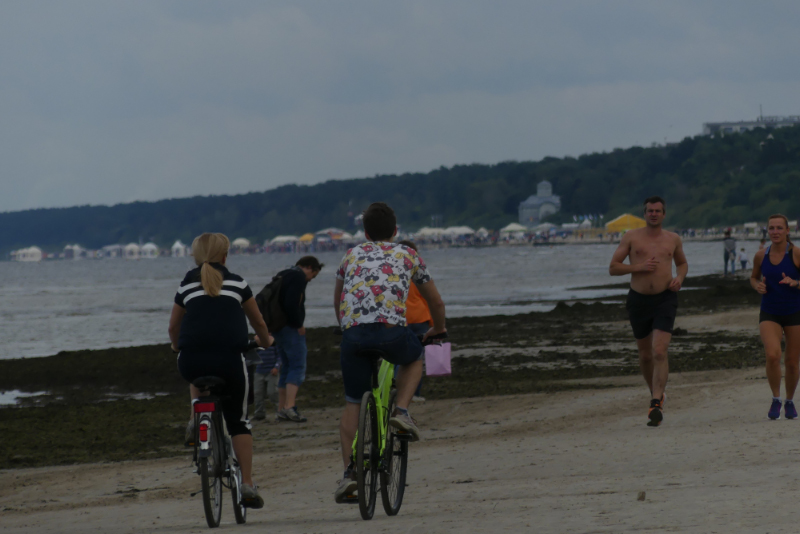Our second adventure between lock downs in 2021 was a pilgrimage to Yackandandah. It had been planned a year earlier, but COVID got in the way.
We assembled various family members, good friends Grace & Colin and our cousin Kerry with her new husband Neil.
Fortunately, the early settlers planted a lot of European trees, so autumn is a great time to visit Yackandandah and see the beautiful autumn leaves against the blue sky. I think Aida was the one who enjoyed the colours most!
Bruce and I set out a day early for a beautiful drive through the High Country, stopping at Yea for lunch and then north to Bonnie Doon, Mansfield and the King Country. It is beautiful rich country and after prolonged lockdowns now reviving.
We made our first overnight stop in Milawa. They must have killer insects there if the can of Execute fly spray is anything to go by.
We tried the Gamze Smokehouse for a rich treat of smoked meats and some decent beer.
After breakfast we treated ourselves to coffee at Brown Brothers famous winery (too early for a glass of wine) and then explored the cheese, mustard, olive oil and wine options of this gourmet area.
We stopped at Myrtleford for lunch. Tobacco was grown in this area between the 1950s to 1980s and it was a big industry for immigrant Italian families. We stopped at the Rotary Park to see the old log kiln, used to dry tobacco leaves. We then ambled along the Ovens Valley on the Mosaic Walk aptly named for the mosaic decorations embedded in stones and trees.
Myrtleford also has the ‘big tree’ – a massive River Red Gum which was the meeting place for the local MnjamButa tribe and subsequently for the settlers once the railway reached Myrtleford in 1883.
And last on our list was the Phoenix Tree Sculpture by Hans Knorr (1915-1988). It was created froma trunk and root system of a Red River gum (Eucalyptus Camaldulensis) and represent as mythical Phoenix bird rising out of the ashes and embracing new life.
We met up with the family and friends for a couple of intense days catching up with news and events. Lockdown had left us without the joy of holding new babies and congratulating newly weds, so it was catch up time.
We chose the Yackandandah Motor Inn, conveniently located between the Top Pub (Star Hotel) and the Bottom Pub (Yackandandah Hotel).
While we were in Yackandandah we took a walk to a very special place along Yackandandah Creek, where we had sprinkled the ashes of John and Dotty – my parents, and of my brother Phil. It is such a peaceful place where we love to remember those special people in our lives.
We also took a walk along Lake Hume. Lake Hume was created when our biggest river, the Murray River was dammed to regulate the water flow and provide irrigation. Australia is a hot and dry country, so irrigation is very important for farming. What is most striking about Lake Hume is the tree trunks that are now in the lake – its like a lot of skeletons, but very picturesque.
In the early days a lot of railway lines were built to transport wool and wheat and even tobacco leaves to the ports. These railway lines aren’t needed anymore, and they have been converted to walking and cycling tracks. It’s a great way to see the country.
It was the ANZAC weekend, when we remember our soldiers, both lost to war and returned. Both my grandfathers and a brother each were among the original ANZACs that fought on the Gallipoli Peninsula in Turkey. Its common for country towns to put on a special parade, so we enjoyed watching t he local band and lots of school children take part.
Bruce and I popped in to the cemetery to visit my great grandparents Christian and Anna (Bill) Backhaus, who migrated from Germany, met and married in Yackandandah. Also in the cemetery is my great-great aunt Elizabeth (Clune) Reichardt and her husband Ernest. He died of TB just 15 months after their wedding.
We extended our holiday in the area, first visiting the area around Eskdale where relatives on both my mother’s and father’s family had lived.
Then to the Yabba Cemetery near Tallangatta where my great-great uncles George and Henry Backhaus are buried together. The tragically died in 1915 in a house fire on their property Wagra Park.
Our destination was Corryong in the ‘high country’. Australia’s mountains are not very high and Corryong is just 314m above sea level. Our highest mountain is Mount Kosciuszko which is 2228m high, not nearly as high as the Zugspitze which is 2,962; Teide in Tenerife which is 3718m and Mulhacén in the Sierra Nevada which is 3479m.
Corryong is famous for the ‘Man from the Snowy River’, a poem written by Banjo Patterson about chasing a horse that had escaped. The Man from the Snowy River was an excellent horse rider. Here is a link to the poem from The Institute of Australian Culture.
There are some very Australian words in the poem which you may be challenged to understand!
We drove to Khancoban, which is in New South Wales, crossing the Murray River where it is still quite small. Khancoban is in the Snowy Mountain region. In the 1950s to 1970s the Snowy River was diverted to create hydro electricity. That project is described as one of the seven engineering wonders of the modern world.
We had seen the mouth of the Snowy River in Mallacoota on our bushfire relief journey, so now we were seeing part of its journey.
The final part of our journey was a drive along the Great River Road from Corryong to Lake Hume. It is described as:
Set between two of Australia’s most beloved landscape icons, the Murray River and the Snowy Mountains, the Great River Road showcases 155 kilometres of beautiful high-country in Victoria’s North East – perfect for exploring at any pace, in either direction.
It was a perfect end to our Back to Yack journey.
e_header.jpg)







































































